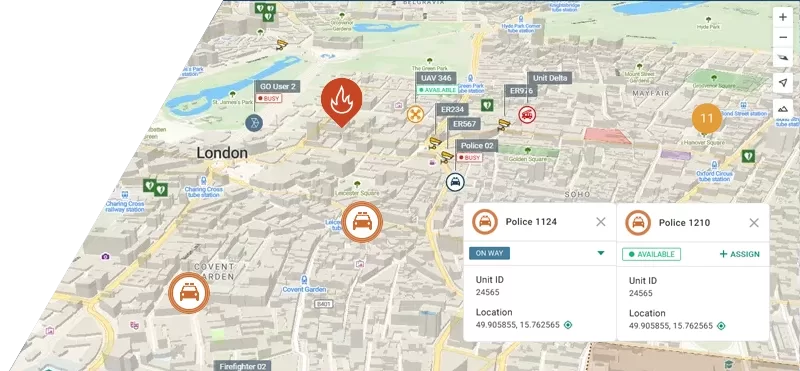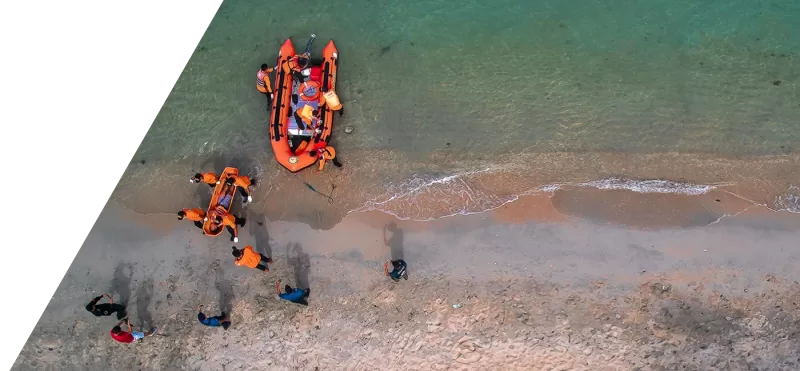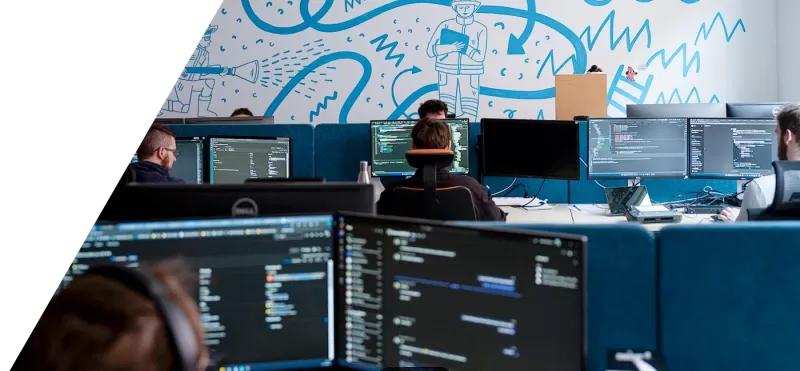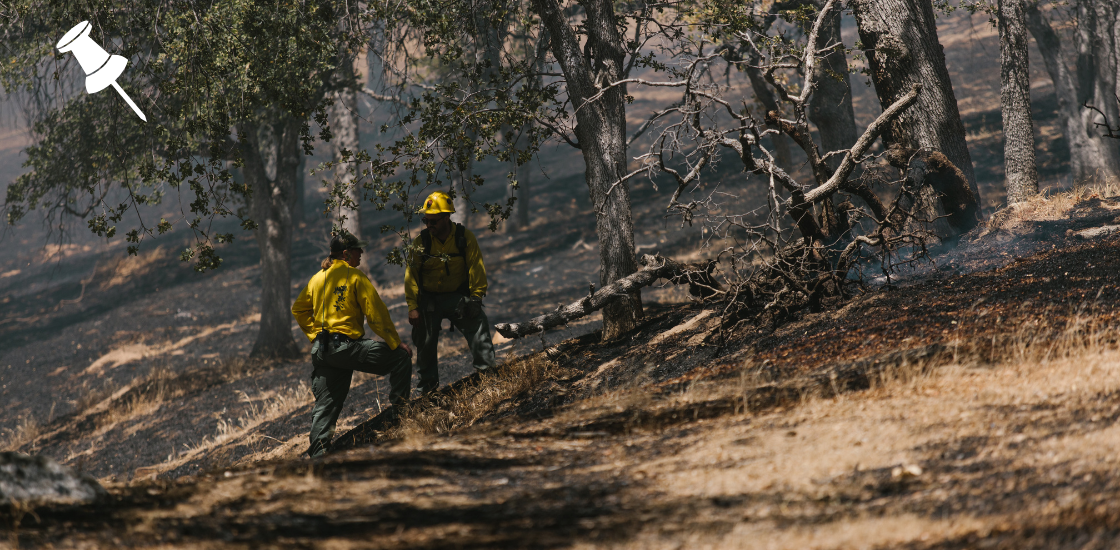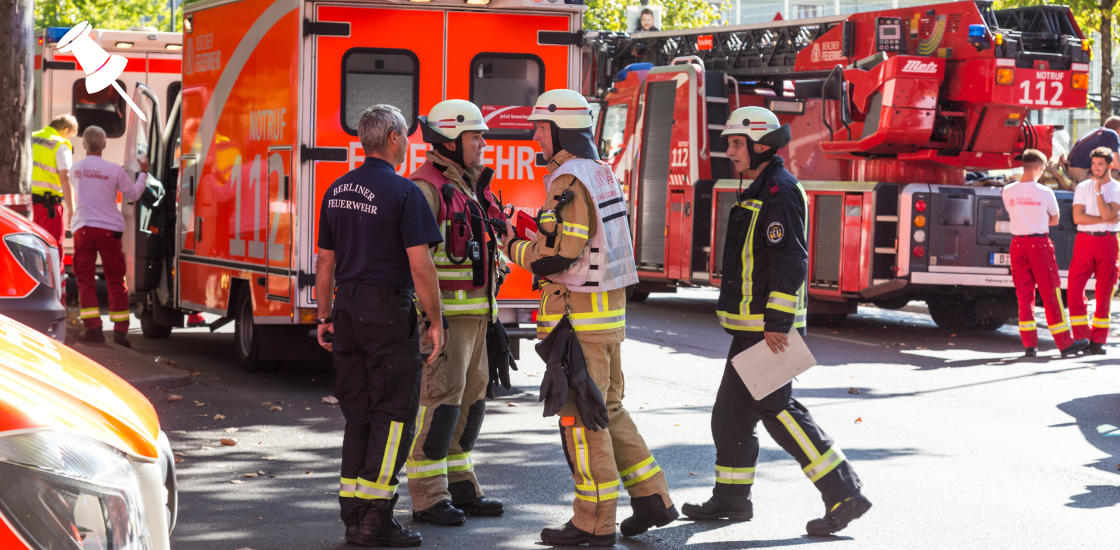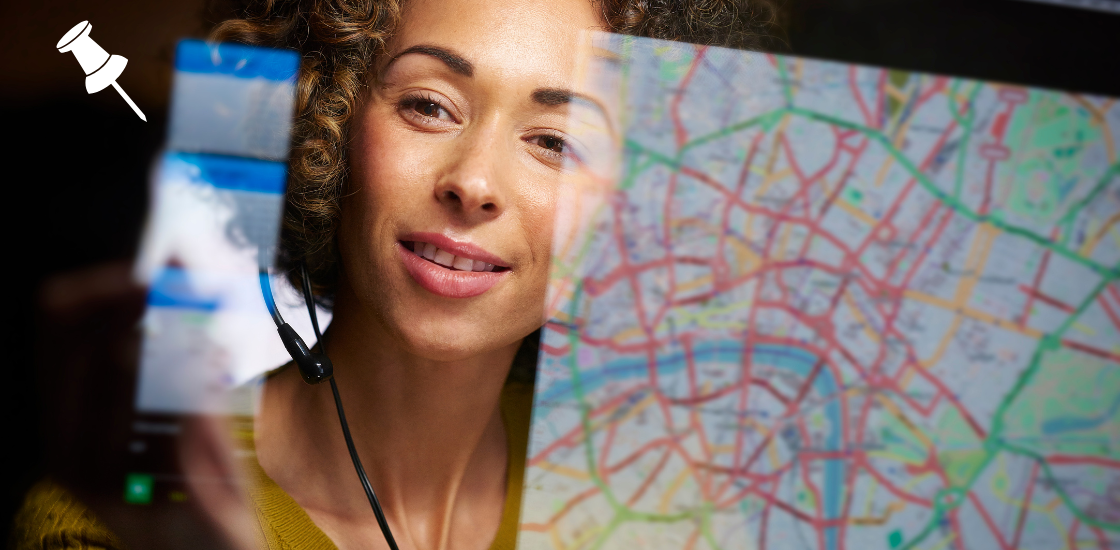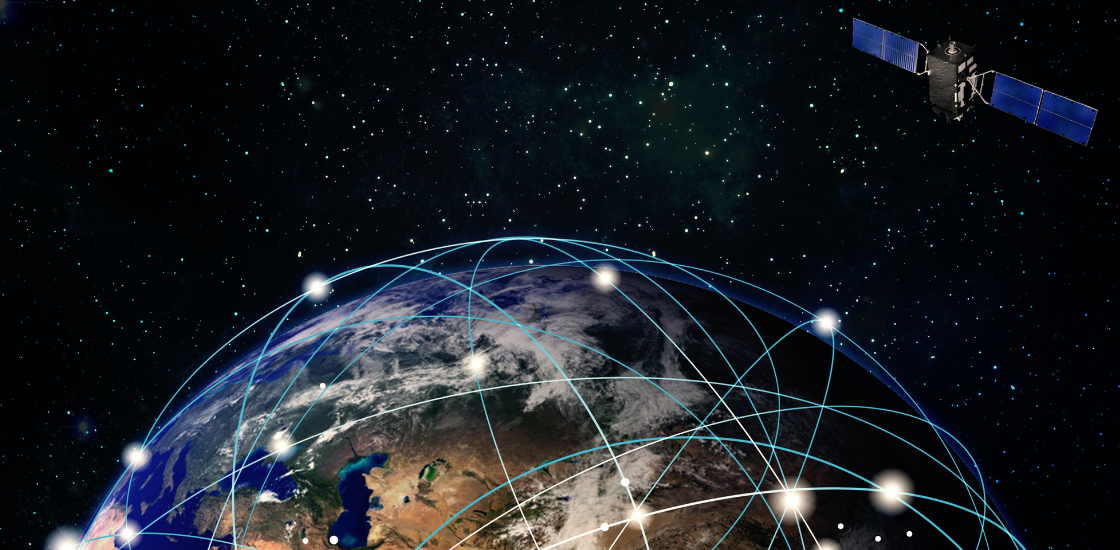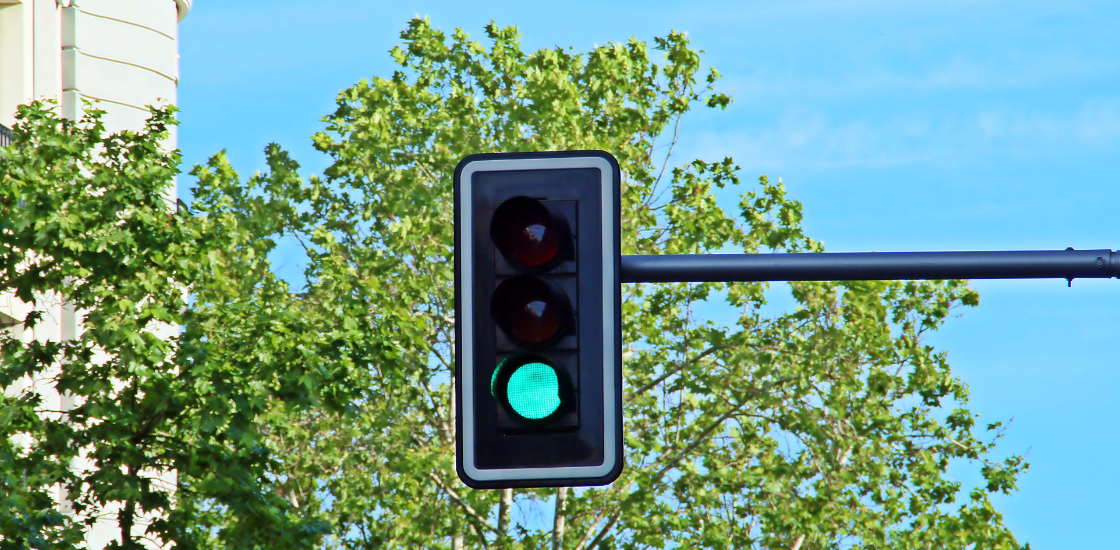Dispatch phone number – a term that may appear ordinary until the moment it becomes essential. In critical situations such as medical emergencies, fires, or criminal incidents, having immediate access to the correct dispatch number can be the decisive factor between a rapid, coordinated response and a potentially dangerous delay.
In this article we will examine the meaning and function of a dispatch phone number, the operational processes that occur when you make such a call, the role of advanced systems such as Smart CAD (Computer-Aided Dispatch), and the differences in emergency numbers around the world.
Table of Contents
Understanding the Dispatch Phone Number
A dispatch phone number is a dedicated telephone line connecting the public to trained dispatchers who coordinate the appropriate emergency response. In many jurisdictions, this is a nationally recognized number, such as 911 in the United States, 112 in the European Union, or 999 in the United Kingdom.
In addition to these universal lines, some services maintain separate numbers for specific purposes, including:
- Police dispatch lines dedicated to law enforcement incidents.
- Fire department dispatch numbers for reporting fires, hazardous materials, or alarms.
- Medical dispatch numbers for ambulance or urgent care coordination.
In rural or remote areas, as well as in private facilities such as corporate campuses or industrial complexes, dispatch phone numbers may be unique to the site and routed to an internal operations center rather than a municipal emergency control room.
Why the Dispatch Phone Number Is Crucial
The dispatch phone number is the entry point to the emergency response system. While it may seem that assistance is automatic once a call is made, the reality is more nuanced.
The effectiveness of the response depends on several factors, including dialing the correct number, as using an incorrect line can delay the deployment of appropriate resources. It also relies on providing accurate and relevant information, since dispatchers require precise details about the location, nature of the incident, and any potential hazards.
Furthermore, the technology supporting the call plays a critical role, with modern dispatch centers depending on integrated systems to record, process, and manage emergency calls efficiently.
In short, the dispatch phone number is more than a simple point of contact; it is the trigger for an orchestrated chain of actions designed to deliver help as quickly and effectively as possible.
The Call Handling Process
When you call a dispatch phone number, the following sequence typically occurs within seconds:
- Initial Connection – The dispatcher answers, identifies the service, and begins obtaining key details from the caller.
- Location Confirmation – Even if caller location data is automatically provided, the dispatcher will confirm it verbally to avoid errors.
- Situation Evaluation – Based on the caller’s input, the dispatcher determines the type of emergency and its priority level.
- Resource Deployment – Using a Computer-Aided Dispatch (CAD) system, the dispatcher assigns the nearest and most suitable units to respond.
- Continued Communication – While responders are en route, the dispatcher may provide life-saving instructions or gather additional information to relay to the field units.
Technology Behind Modern Dispatch Numbers
In earlier decades, calling a dispatch number meant reaching an operator equipped with little more than a telephone and a notepad. Today, it initiates a highly coordinated process driven by advanced technology, where Computer-Aided Dispatch (CAD) software and Geographic Information Systems (GIS) play a central role.
CAD software is the operational backbone of modern dispatch centers. It records every incoming incident, prioritizes calls, and assists dispatchers in determining the most suitable units to send based on availability, proximity, and required capabilities. CAD systems also allow dispatchers to monitor the real-time status of all responding units, ensuring resources are allocated efficiently and adjusted if circumstances change.
You can read more about how CAD supports faster, more effective dispatching in this article: Computer Aided Dispatch Explained: Features, Uses, Benefits.
GIS technology complements CAD by providing accurate, real-time mapping of both the caller’s location and the positions of available response units. It enables dispatchers to identify the fastest possible routes, avoid obstacles such as road closures or hazardous areas, and ensure responders arrive as quickly and safely as possible. GIS data can also integrate with hazard databases, allowing dispatchers to alert field personnel to environmental or structural risks before they arrive.
Smart CAD: Enhancing the Dispatch Process
Smart CAD is an example of how modern technology can make emergency dispatching faster, clearer, and more efficient. Instead of relying on paper notes or multiple disconnected systems, it brings all the essential tools into one platform, helping dispatchers, field responders, and commanders stay on the same page from the first call to the end of the incident.
For dispatchers, Smart CAD streamlines the workflow by making it easier to log calls, assign units, and keep track of ongoing incidents in real time. It reduces the number of manual steps, which means they can focus more on communicating with callers and coordinating resources.
Responders in the field benefit from having the latest incident details, maps, and navigation directly on their devices. They can see updates instantly – whether it’s a change in location, additional hazards reported, or new instructions from command.
Commanders also gain better oversight. Smart CAD provides a live overview of all units, incidents, and resources, making it easier to decide where to send help and how to adapt if situations change.
Some of the key features that support this process include:
- Real-time unit tracking so everyone knows exactly where resources are.
- Integrated mapping and navigation to guide responders along the fastest, safest route.
- Instant information sharing between dispatch, field units, and command.
- Automated logging and reporting to keep a detailed record of events without extra paperwork.
By combining these capabilities, Smart CAD helps ensure that every call to a dispatch phone number is handled with the speed, accuracy, and coordination needed when every second counts.
Final Thoughts
The dispatch phone number is the vital link between the public and emergency services, triggering a coordinated response supported by skilled dispatchers and advanced tools like CAD and GIS. With solutions such as Smart CAD, this process becomes faster, clearer, and more efficient, ensuring that critical information and resources reach those who need them without delay. In any emergency, knowing the right number and how it works can make all the difference.
